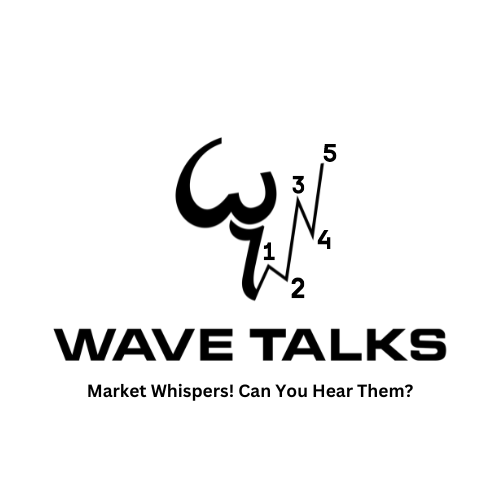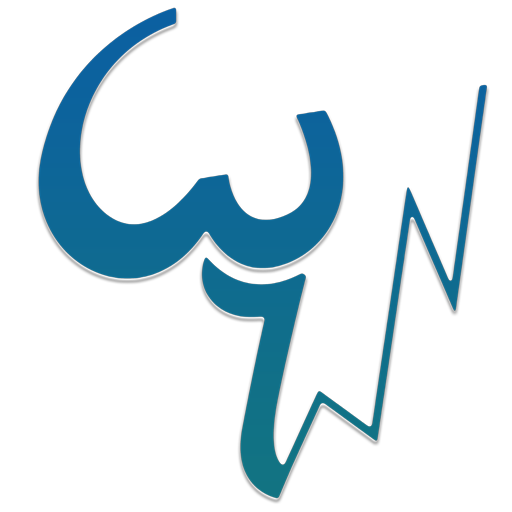
WaveTalks
How We Help You
WaveTalks.in offers comprehensive trading support, including educational products, one-on-one consultation, and coaching services designed to provide traders with objective feedback, realistic approaches, and guidance on risk control and money management. With a focus on helping new traders build a strong foundation and preserving capital, WaveTalks.in helps shorten the learning curve and achieve trading mastery. Led by an experienced trader with an understanding of the psychological and technical aspects of the markets, WaveTalks.in provides traders with the support and expertise needed to succeed in the trading profession.
















